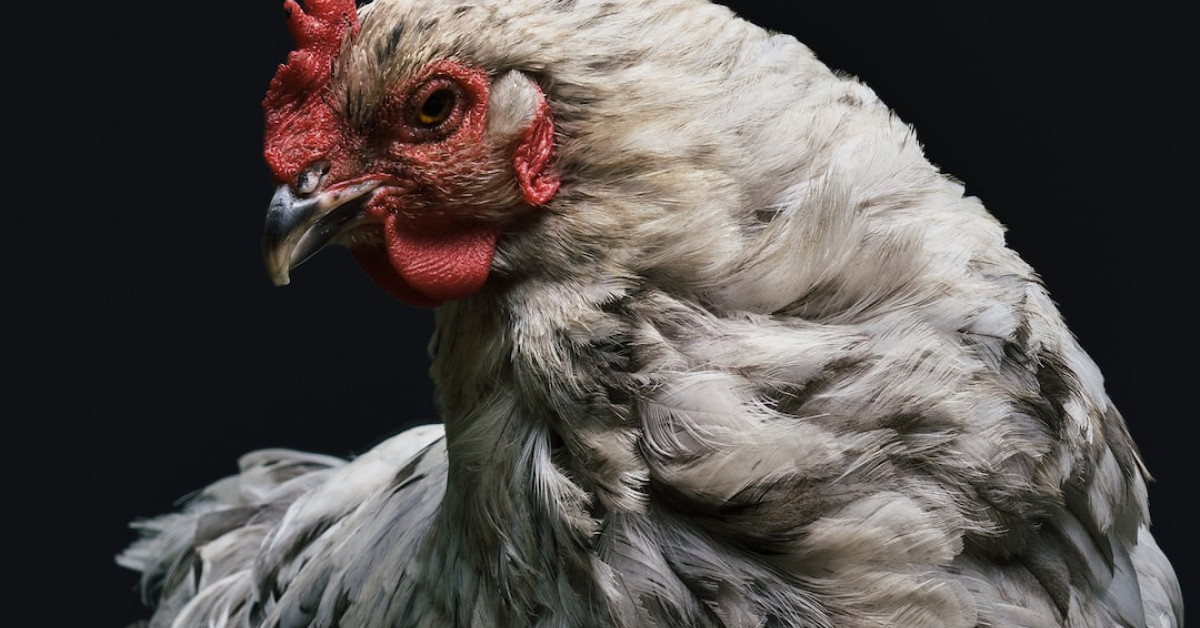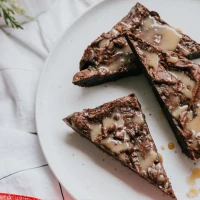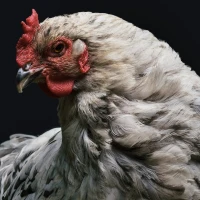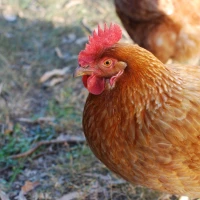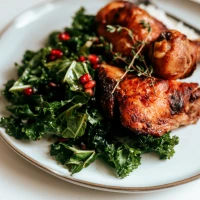Are you ready to elevate your culinary skills and serve up chicken thighs so succulent that they’ll become the talk of the table? Cooking chicken thighs at the right temperature is a game-changer for home chefs looking to master the art of poultry perfection. Within this comprehensive guide, you’ll unlock the hidden techniques of achieving perfectly cooked chicken thighs at 350 degrees every single time. Pair these delectable cuts with the right vegetables, and you’re well on your way to a meal that’s not only nutritious but also brimming with flavor. Let’s dive into the art and science of transforming your chicken thighs into succulent masterpieces.
Creating a dish that delights the senses starts with understanding the ingredients and the techniques required to bring out their best qualities. In this case, we focus on chicken thighs—a cut that offers a richer taste and a more forgiving nature during cooking, thanks to its juicier, more marbled nature compared to leaner cuts. And when we talk about temperature, the magic number is 350 degrees—a moderate heat that cooks your chicken thoroughly without drying it out.
Selecting the Right Chicken Thighs
Selecting high-quality chicken thighs is step one in your journey to culinary greatness. Look for thighs that:
- Are pinkish in color, indicating freshness
- Show no signs of discoloration or excessive blood
- Feel firm to the touch and bounce back when pressed
- Have a clean, not overly pungent smell
Fresh vs. Frozen Chicken Thighs
Choosing between fresh and frozen thighs can impact your cooking time and the final result. Fresh thighs are ready to cook, but frozen thighs need to be thawed safely in the refrigerator to maintain their quality and prevent bacterial growth. It’s vital to plan accordingly so that your chicken is ready to cook when you are.
Preparing Chicken Thighs for Cooking
Proper preparation is crucial for achieving the best flavor and texture in your chicken thighs at 350 degrees. Follow these steps to prepare your chicken:
- Pat the chicken dry: Use paper towels to pat the thighs dry. Removing excess moisture ensures a better sear and crispier skin.
- Season thoroughly: Season both sides with a blend of kosher salt, black pepper, and your choice of herbs and spices. Underlined Garlic powder, paprika, and thyme are popular choices that complement the chicken’s natural flavors.
- Marinate (optional): For even more taste, marinate the thighs for at least 30 minutes or overnight in the refrigerator. Use a mixture of olive oil, lemon juice, and your favorite herbs.
Cooking Techniques: Chicken Thighs at 350 Degrees
When cooking chicken thighs, achieving a balance between the right internal temperature and a delicious exterior is crucial. Now, let’s look at different techniques for cooking your chicken thighs at 350 degrees.
Oven-Baked Chicken Thighs
Baking chicken thighs in the oven is a foolproof method for a tender outcome.
- Preheat your oven to 350 degrees Fahrenheit.
- Arrange your seasoned chicken thighs in a single layer on a baking tray or in an oven-proof dish.
- Bake for about 45-50 minutes or until the internal temperature reaches 165 degrees Fahrenheit.
- Let the chicken rest before serving to allow the juices to redistribute.
Incorporating Vegetables for a Complete Meal
Combining chicken thighs with vegetables can turn a simple meal into a hearty feast. You can cook veggies alongside your chicken for a convenient one-pan meal. Popular vegetable pairings include:
- Potatoes: Sliced or diced, they become beautifully roasted during cooking.
- Carrots: Their natural sweetness complements the savory chicken.
- Broccoli: These florets add a crisp, nutritious element to your dish.
- Underlined Onions: Slices of onion caramelize in the oven, adding a depth of flavor.
Bold Roasting vegetables with chicken not only saves time but also allows them to soak up the flavorful juices released during cooking, creating an irresistible symphony of tastes and textures.
Troubleshooting Common Cooking Issues
Cooking chicken thighs might seem straightforward, but there are often unexpected challenges that might arise. Here’s how to troubleshoot some common issues:
- Chicken Skin Isn’t Crisping Up: Ensure your oven is fully preheated and consider broiling for the last few minutes of cooking to crisp up the skin.
- Meat Is Dry: Ensure proper internal temperature with a meat thermometer to prevent overcooking.
- Seasoning Isn’t Flavorful Enough: Italicized Don’t be afraid to be generous with seasoning, and allow enough time for marination if possible.
Safe Storage and Handling
After going through the effort of cooking perfectly cooked chicken thighs at 350 degrees, proper storage is key to enjoying the leftovers.
- Store leftover chicken within two hours of cooking in airtight containers.
- Refrigerate leftovers promptly and consume them within 3-4 days.
- For longer storage, freeze cooked chicken thighs in freezer-safe bags or containers for up to four months.
Final Thoughts: Bringing It All Together
Whether you’re an experienced cook or a beginner in the kitchen, cooking chicken thighs at 350 degrees Fahrenheit is a simple yet effective technique to prepare a meal that’s sure to impress. Remember to select high-quality chicken, prepare it properly, and pair it with the right vegetables to create a dish bursting with flavor and nutrition.
The advice offered in this guide is designed to increase your confidence in the kitchen and ensure that you serve up perfectly cooked chicken thighs at 350 every time. By following these tips and techniques, you’ll have the secret to cooking chicken thighs to perfection, promising a delicious dinner for friends and family alike.
